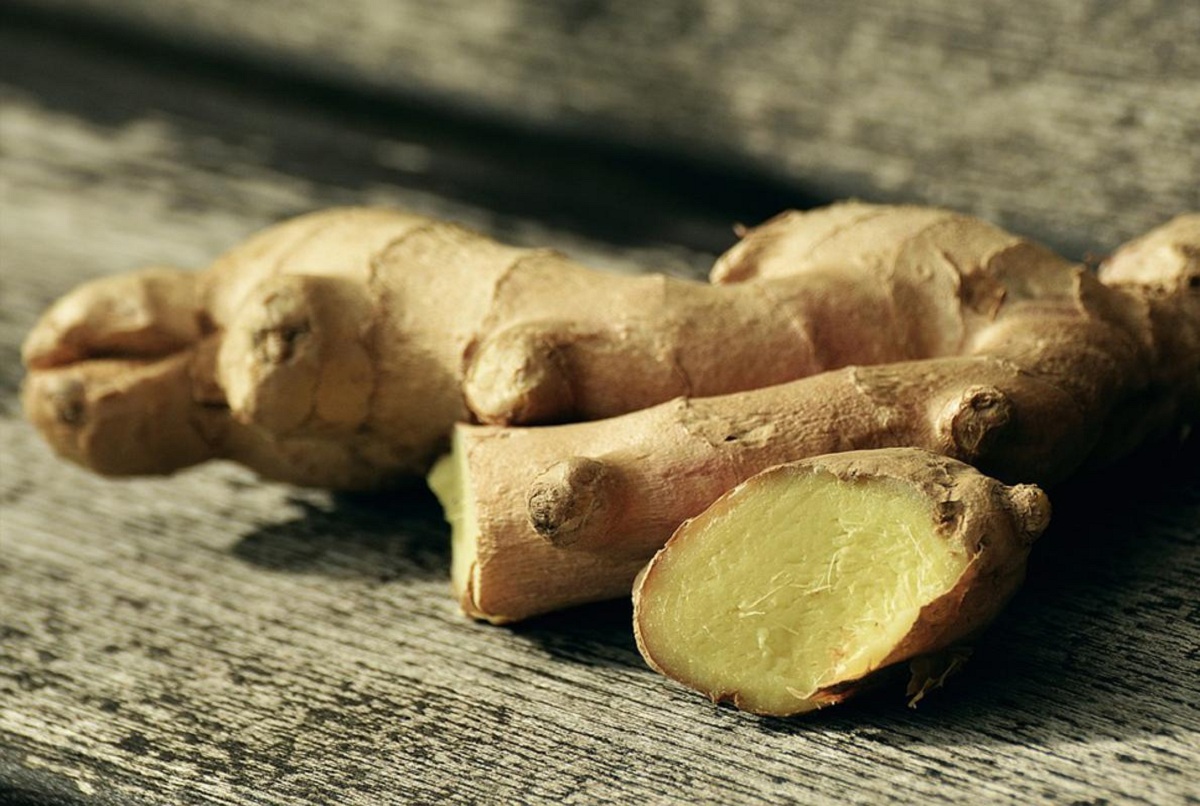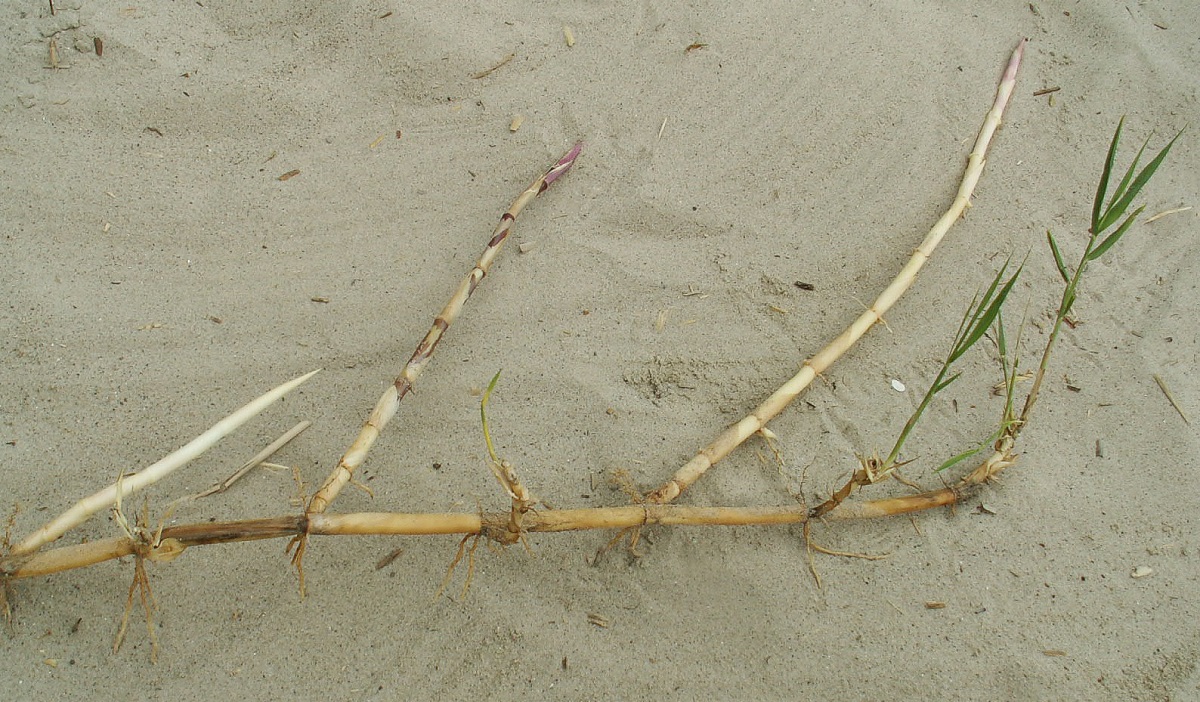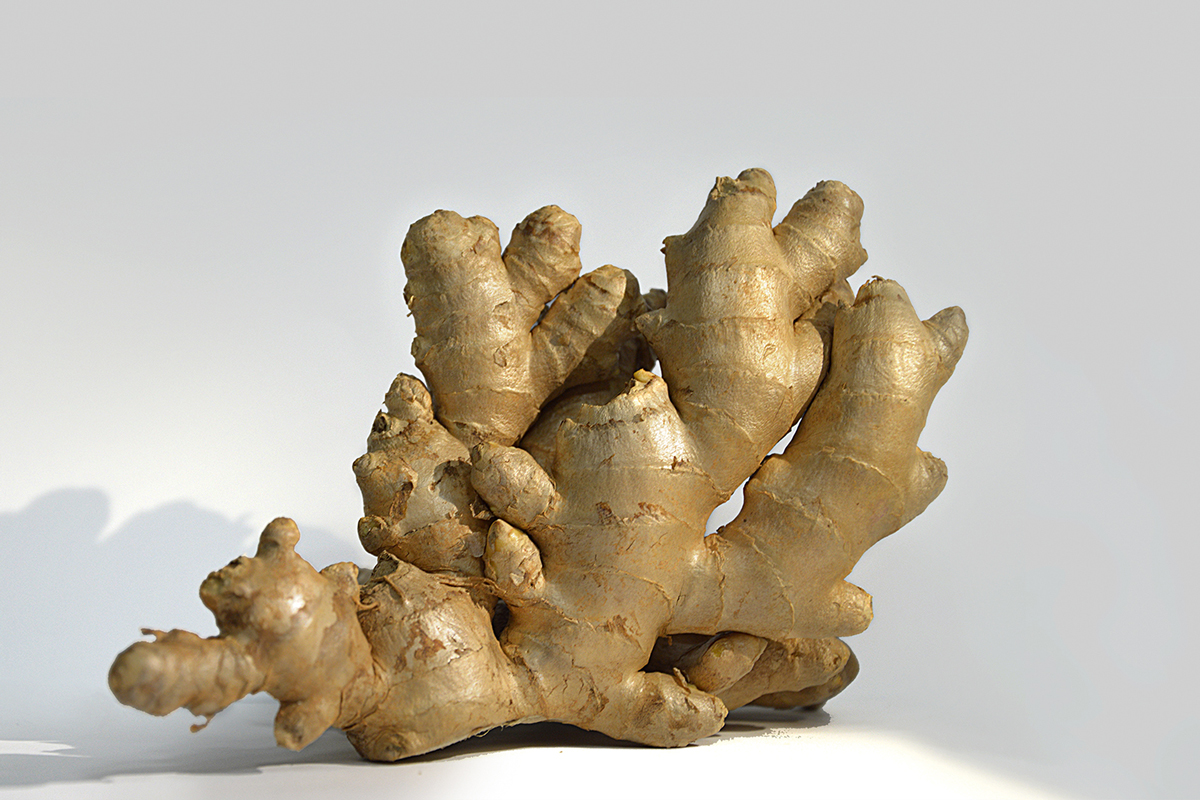
When we go on to study plants we must understand what the basic parts of it are. We know that roots, stems, and leaves exist as the main parts of a plant. However, there are different types and structures that exist of plants and of which there is not such a precise idea. Normally the stems are vertical and grow into branches that end up in leaves. While this is true, the stems can also grow horizontally. This is what we call a rhizome.
In this article we are going to explain to you what the rhizomes and how important they are.
What are rhizomes

When we speak of rhizomes we refer to the stems that are capable of growing below the ground and horizontally. In this way, we consider the rhizome as a type of underground stems just like the bulbs and tubers. These rhizomes are capable of storing nutrients so they serve as a reserve organ for the plant. All plants need to reserve certain nutrients when environmental conditions become somewhat more extreme or there is a shortage of nutrients.
One of the main characteristics of rhizomes is that they have a horizontal growth. By having this type of growth, it is able to support the plant as if it were a root. Plants that have this type of stem are usually perennial, that is, they have their leaves throughout the year. The fact that they are perennial does not mean that they lose some leaves while they are replaced by others. This type of stems makes the surface of the plant more resistant during the colder months since it can conserve and store nutrients.
The capacity of these rhizomes makes it a very interesting organism for both human use and consumption. One of the best known examples of rhizomes in the world is ginger. Ginger has properties and a great nutritional value suitable for consumption and the treatment of certain ailments.
Growth and reproduction

These stems can grow and cover large areas of land. The growth of the rhizomes is undefined. As long as the environmental conditions and the nutrients in the soil are sufficient, the rhizome will continue to grow. With the passage of time and the increase in its length older parts can die if they are not using it stops some kind of plant function.
If the shoots are older and were from a plant that has been separated by a dead zone, they will be considered as two different plants. This means that the reproduction of the rhizomes is completely sexual. And it is that, from a single rhizome fragments (as long as it has a bud) sprouts, roots and new plants escape from arising. This makes rhizomes have a very interesting technical application from the point of view of gardening for plant transplantation. It also serves to promote the growth and reproduction of various types of plants in gardening.
Once the rhizome is planted, they will use the nutrients that are stored to be able to develop the new individual. For this, the management of the division and planting of the rhizomes is usually a key role for the success of many plantations. They are normally sown when environmental conditions are more favorable, such as during the early spring and summer and even in some stages of the fall.
Types of rhizomes

There are different types of rhizomes depending on the type of branching and growth that each one of them present:
- Defined or sympathetic: the growth of this type of stems is defined, which means that the original plant can die when others appear too close to it. And is that this type of simplex tend to have various short and thick knots that, in turn, are capable of storing a large amount of nutrients.
- Indefinite or monopodial: they are those that have an indefinite growth since the original plant never dies. These rhizomes are capable of giving rise to a large number of new plants. They are mainly characterized by having more elongated knots and they are generating new knots continuously.
There are numerous plants other than ginger that reproduce through rhizomes. All or almost all of these plants are perennials. We will briefly describe each of them in a list:
- Ginger: It is one of the most popular due to its many uses and properties. It has great nutritional value.
- Indian cane: It comes from tropical climates and, despite having a rhizome, they need a lot of care to be able to maintain and be kept in good condition.
- Gram: It is also known by the name of white grasses. Its rhizome is quite delicate and elongated.
- Mint: what we know as mint is a plant that has rhizomes and is valued, like ginger, for having good properties and a great smell, peculiar flavor.
- Lily: Lilies are common and famous plants that also feature these types of stems and are pretty and boned and leafy. This makes it able to survive extreme temperatures.
- Seal of solomon: its main characteristic is to have tubular flowers with a white color. For this plant to develop correctly, it needs a large supply of nutrients, so the existence of the rhizome is essential.
- Bamboo: another of the most famous exotic species in the world and that reproduce by rhizomes. It has a great impact on the world of gardening and among the most prominent uses is to create barriers that provide separation, protection or greater privacy in our homes. It also serves to give an exotic touch to the gardens.
As you can see, this type of stems is quite interesting from an evolutionary point of view and with good use in gardening. I hope that with this information you can learn more about rhizomes.